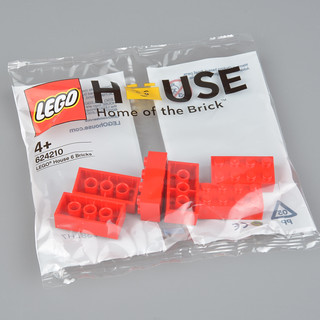Connection Grammar
Motivation

Common Computer Usage
- Data Management - Input, transfer, edit, and output
- Data Analysis - Search, optimize, and solve
Design synthesis
As engineering artifacts grow in complexity, we need to offload some design decisions to the computer. We need the computer to help us synthesize many of the minute details in our engineering devices as well as ensure high performance by searching among a myriad alternatives for the optimal combination of building blocks and parameter values [1]
Computers in 2019
Request for Comments on Patenting Artificial Intelligence Inventions
Context-free Grammars
Language Hierarchy
- Regular - Can be recognized by finite state automata
- Context-free - Can be recognized by pushdown automata
- Recursively enumerable - Can be recognized by Turing machines

CFG Example
- S -> NP VP
- NP -> Adj Noun
- NP -> Noun
- VP -> Adj Verb
- VP -> Verb

Lindenmayer Systems
Development
Used to model plant growth using grammar production rules

![Turtle Interpretation [3]](turtle-interpretation.png)
Interconnected Objects
- Grammar rules represent valid ways that objects can be connected to one another
- Non-terminals are connection points
- Terminals are object placements
Example Application

Grammar Rules
- Stud -> ‘Move(0,-1,0)’ ‘Place(“Brick1x1”)’ Stud
- Stud -> ɛ
A Tower
Stud
Move(0,-1,0) Place(“Brick1x1”) Stud

Move(0,-1,0) Place(“Brick1x1”) Move(0,-1,0) Place(“Brick1x1”) Stud

Move(0,-1,0) Place(“Brick1x1”) Move(0,-1,0) Place(“Brick1x1”) Stud

Capturing more connection options
Grammar including rotation
- Stud -> ‘Move(-2,0,0)’ ‘Rotate(90)’ ‘Move(-3,-3,-1)’ ‘Place(3001)’ ‘Move(-3,0,-1)’ Stud
- Stud -> ɛ
Stud
Move(-2,0,0) Rotate(90) Move(-3,-3,-1) Place(3001) Move(-3,0,-1) Stud

Move(-2,0,0) Rotate(90) Move(-3,-3,-1) Place(3001) Move(-3,0,-1) Move(-2,0,0) Rotate(90) Move(-3,-3,-1) Place(3001) Move(-3,0,-1) Stud

Move(-2,0,0) Rotate(90) Move(-3,-3,-1) Place(3001) Move(-3,0,-1) Move(-2,0,0) Rotate(90) Move(-3,-3,-1) Place(3001) Move(-3,0,-1) Move(-2,0,0) Rotate(90) Move(-3,-3,-1) Place(3001) Move(-3,0,-1) Stud

Structure Fitness
Limitations of grammars
Define syntax, not meaning

We need a way to determine the fitness of the meaning of an utterance to a particular purpose
Fill space
- Use voxel-based collision detection





Probabilistic Grammar Rules
Rules can be assigned a probability to be used to select randomly at generation time
Random colors
- Stud -> Place(“Gray Brick”) Stud [.8]
- Stud -> Place(“Green Brick”) Stud [.2]
- Stud -> ɛ


Augmented Human Design
Sometimes designers may want to manually build sections of the design and allow software to fill in the gaps.
We can convert CAD designs to grammar utterances that can be expanded.


Other Examples



Performance
Naive Solver
- O(cⁿ)
- Intractable for most
n

Linear Solver
- O(n)
- Selects first path that passes fitness test
- Will usually miss global optimum
- Requires careful grammar ordering
Future Work
Intuitive Grammar Model
Create UX patterns for interacting with grammars in specific domains
More Solver Options
- Branch and bound
- Gradient descent
- Simulated annealing
- Genetic algorithms
Grammars as machine learning models
References
- [1] Campbell, Matthew I., and Kristina Shea. “Computational Design Synthesis.” Artificial Intelligence for Engineering Design, Analysis and Manufacturing 28, no. 3 (2014): 207–8. doi:10.1017/S0890060414000171.
- [2] Lindenmayer, Aristid. “Mathematical models for cellular interactions in development I. Filaments with one-sided inputs.” Journal of theoretical biology 18, no. 3 (1968): 280-299.
- [3] Bie, Dongyang, Jie Zhao, Xiaolu Wang, and Yanhe Zhu. “A distributed self-reconfiguration method combining cellular automata and L-systems.” In Robotics and Biomimetics (ROBIO), 2015 IEEE International Conference on, pp. 60-65. IEEE, 2015.